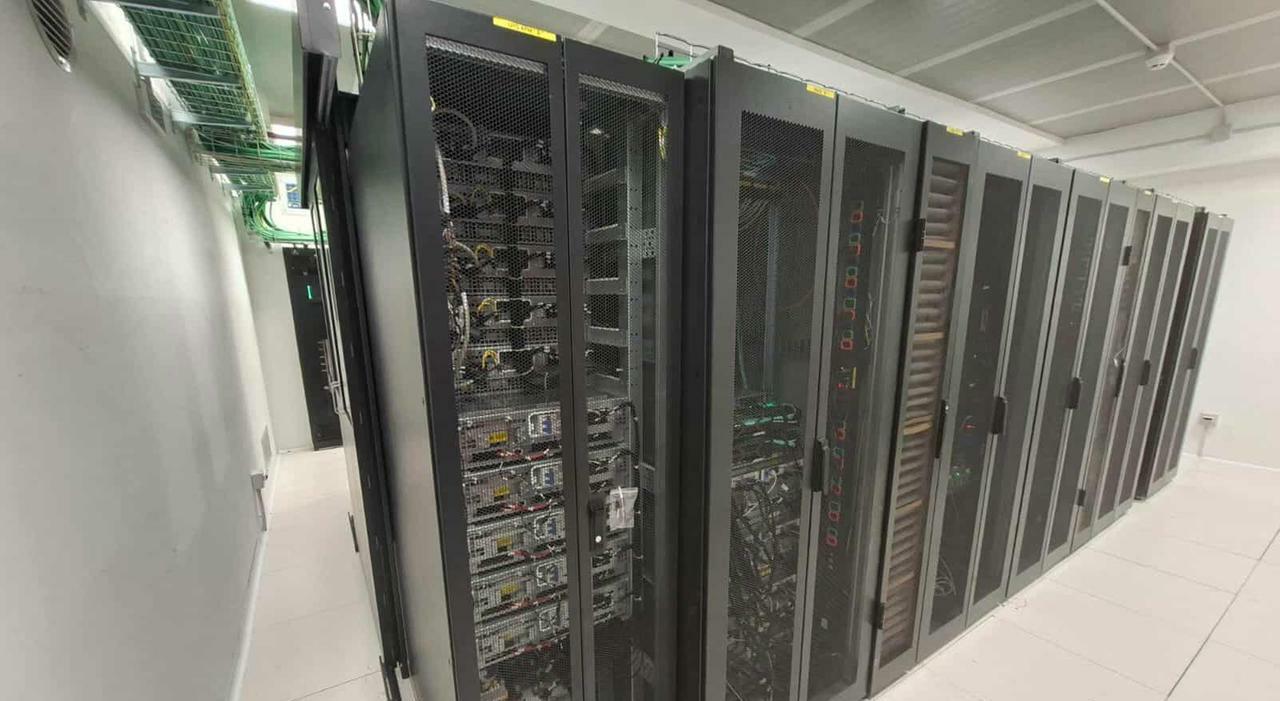New scenarios are opening for scientific research at the University of Salerno with Omnia, the Unisa supercomputing infrastructure. A high-performance computing infrastructure already operational, designed to experiment and create applications based on artificial intelligence, particularly for digital medicine. The computing power of the data center is comparable to thousands of computers (over 4,000 computing units and 144 GPUs) with a storage capacity of over 6 million Gigabytes, with the ability to store over 600 million medical images. ‘Omnia is among the most advanced infrastructures in Italy for research and innovation in this sector,’ emphasizes Professor Mario Vento, a professor of Artificial Intelligence and head of the Bio Open Lab project (PON Research and Innovation 2014-2020), under which the supercomputer was created and funded. An initial investment of over 5 million euros for the supercomputer, which was expanded in a subsequent Prp@Ceric project – Pathogen Readiness Platform for Ceric Eric (headed by Professor Ritrovato), which can support all research requiring enormous computing power. ‘Omnia represents a strategic asset not only for the University of Salerno but for the entire national and international research and innovation system,’ insists Prof Vento. ‘I am proud that the infrastructure project, started over six years ago, anticipating and imagining future computing needs in the AI sector, today materializes in a highly flexible and adaptable system for all high-performance computing needs underlying AI.’ ‘The testing of the supercomputer,’ adds Professor Michele Nappi, the university’s ICT delegate, ‘has definitively provided our community with the great opportunity to use an infrastructure for the most advanced applications in various research fields, creating an enormous competitive advantage in relation to experimental needs on large amounts of data.’ A cutting-edge data center to develop advanced AI models, especially in the medical field. ‘Consider the emerging discipline of digital medicine, on which Unisa has also launched a degree course in ‘Information Engineering for Digital Medicine,’ for next-generation precision medicine. Disciplines like omics and genomics have no concrete development possibilities without the use of supercomputers to interpret the data associated with the human genome, with enormous computing costs. The supercomputer enables playing a leading role in international research. Furthermore, all master’s and doctoral students in their training activities can use the infrastructure, allowing them to train advanced AI models, even generative,’ adds Mario Vento, one of the first scientists to investigate AI when in the 1980s it appeared as pure utopia. Omnia is characterized by its international vocation, as it is an integral part of the Central European Research Infrastructure Consortium (Ceric-Eric): it is a distributed European research network operating in highly strategic sectors such as biotechnology and precision medicine. ‘The University of Salerno is fully inserted in this context of qualified research,’ highlight the two professors, ‘providing Ceric-Eric consortium researchers with a powerful platform to experiment with new methodologies on large volumes of highly complex data.’
© ALL RIGHTS RESERVED
This article is automatically translated

